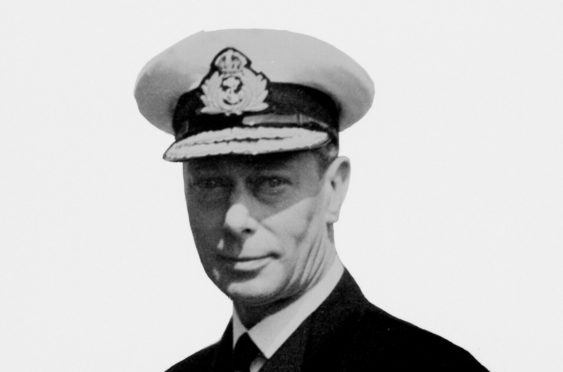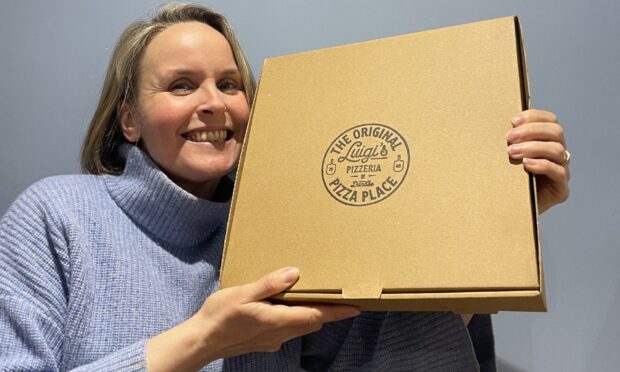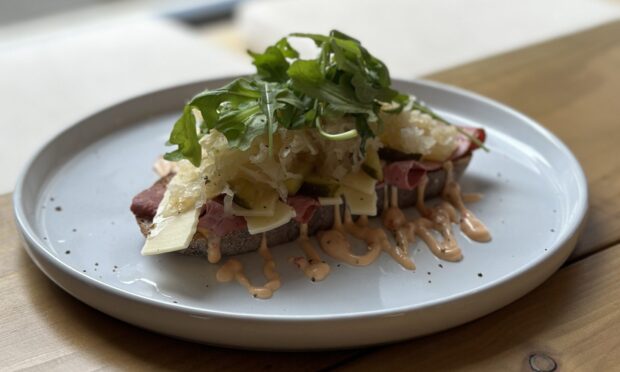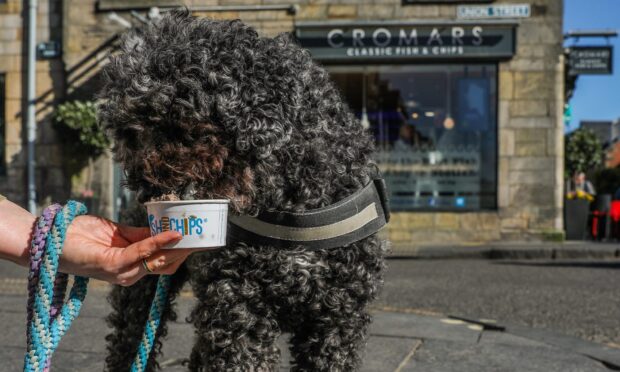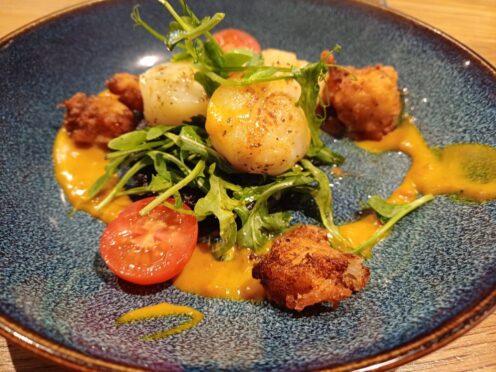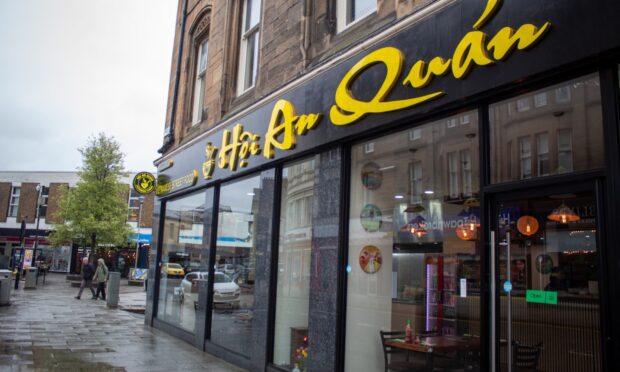The year 1926 witnessed the General Strike, when millions protested against high unemployment that followed the first world war when Western Front heroes came home to joblessness and deprivation.
In 1926 a loaf of bread cost threepence-halfpenny, or 1.4p in current money. Yet for many that was still expensive. A bottle of whisky cost twelve-and sixpence, or 62.5p in modern money — beyond the dreams of Croesus for most people.
So selling whisky here in 1926 was an uphill task for distillers, already struggling against US Prohibition and low demand elsewhere. Perhaps that’s why many casks distilled that year languished in adjacent warehouses, for years or even decades.
One such cask, of The Macallan, lay for decades until was spotted in 1986. It contained around two dozen bottles which, sometimes with special artist-designed labels, were sold at then premium-plus prices.
Recently, one of those bottles fetched $1.9 million (around £1.5 million) at a Sotheby’s auction of rare whiskies. The 700cl bottle in a presentation box, still at 42.6% (amazingly high after 60 years) fetched by far the highest price ever for a single bottle of whisky. The Macallan remains the undisputed monarch in the high-end auction market. Other malts fetch good money but nothing seems to touch the Super Mac.
So, what else happened in 1926? Notable births included The Queen, as well as Marilyn Monroe and jazz trumpeter Miles Davis. Famed escapologist Harry Houdini and silent movies heartthrob Rodolf Valentino died, and Italian dictator Mussolini narrowly survived an assassination attempt.
John Logie Baird officially transmitted his first TV pictures, and UK aviators achieved three firsts—a flight over the North Pole, and return flights to Cape Town and Australia.
In sport, England won the Ashes for the first time since 1912, American Bobby Jones won The Open, his compatriot Gertrude Ederle became the first woman to swim the Channel and the Queen’s father, later George VI, played at Wimbledon. Scots also drank to sporting success—in rugby, they beat England in the Calcutta Cup for the first time in yonks.
Yet 1926 was a dark time, especially for the Scotch whisky industry. So it is fascinating to think that a bottle from that nadir year should, 93 years later, become the costliest whisky of all time.
